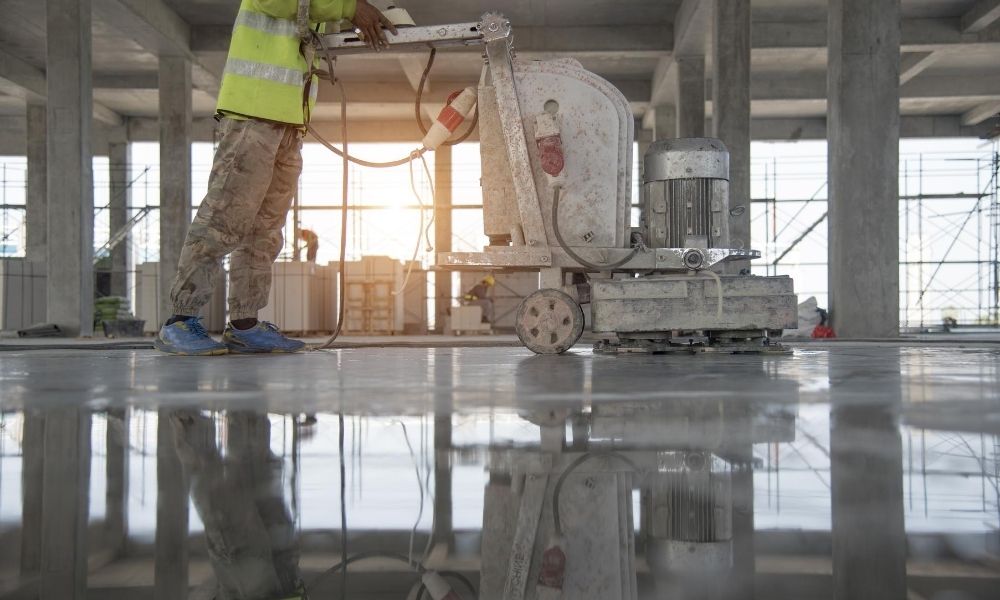 Loading... Please wait...
Loading... Please wait...- 774-991-2658
- My Account
- Home
- Blog & Tips
- What Is the Best Concrete Polishing Method for the Job?
Categories
What Is the Best Concrete Polishing Method for the Job?
Posted on 7th Aug 2020

When it comes to polishing concrete, you have two options: wet polishing and dry polishing. Although dry polishing has become the standard for many contractors, there are a few important factors to consider when deciding on a method and then buying the appropriate concrete polishing supplies. Here we’ll answer the question, “What is the best concrete polishing method for the job?” with a list of the pros and cons of both.
Dry Polishing
The most obvious benefit of dry polishing concrete is the speed and convenience of it over wet polishing. Without needing water or as much cleanup, dry polishing allows you to get the work done faster. The lack of water means a lack of excess slurry as well, which means less time cleaning it up and less money spent on making sure that it is disposed of properly. Also, dry polishing creates a more impressive finished product, leaving the completed floor with a high-gloss finish.
However, dry polishing is not without its downsides. Without any water, the particles kicked up by the grinding can produce negative health effects, like silicosis. As worker safety is a top priority, this is something to consider when deciding on a polishing method. Dry polishing on harder floors also puts more strain on the diamond life of your tools, potentially leading to higher costs.
Wet Polishing
Polishing concrete wet may be the older way of doing it, but it has enjoyed a small resurgence lately. Most of wet polishing’s benefits stand out in contrast to the downfalls of dry polishing. Keeping things wet reduces the amount of silica that is released into the air, making it a safer area for breathing. The water also acts as lubrication, creating less friction on your tools and less strain on the diamonds therein. Wet polishing also comes out slightly ahead when grinding down a hard floor to expose the aggregate.
As stated above, though, wet polishing comes with its own problems. The sheer amount of slurry created and the need to dispose of it properly based on local regulation can be a large time and money sink. On softer floors, wet polishing can sometimes lead to ugly gashes and marks if great care isn’t taken.
Understanding the pros and cons of both techniques can help you decide which concrete polishing method is right for your job. Remember as well that a combination of both can also be an effective option based on the specific job. Keep these in mind and you’ll have that mirror-finish you’re looking for with minimal complications.
